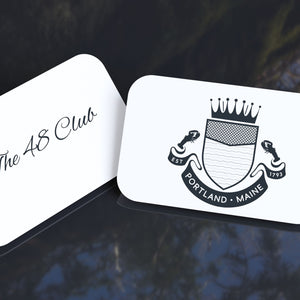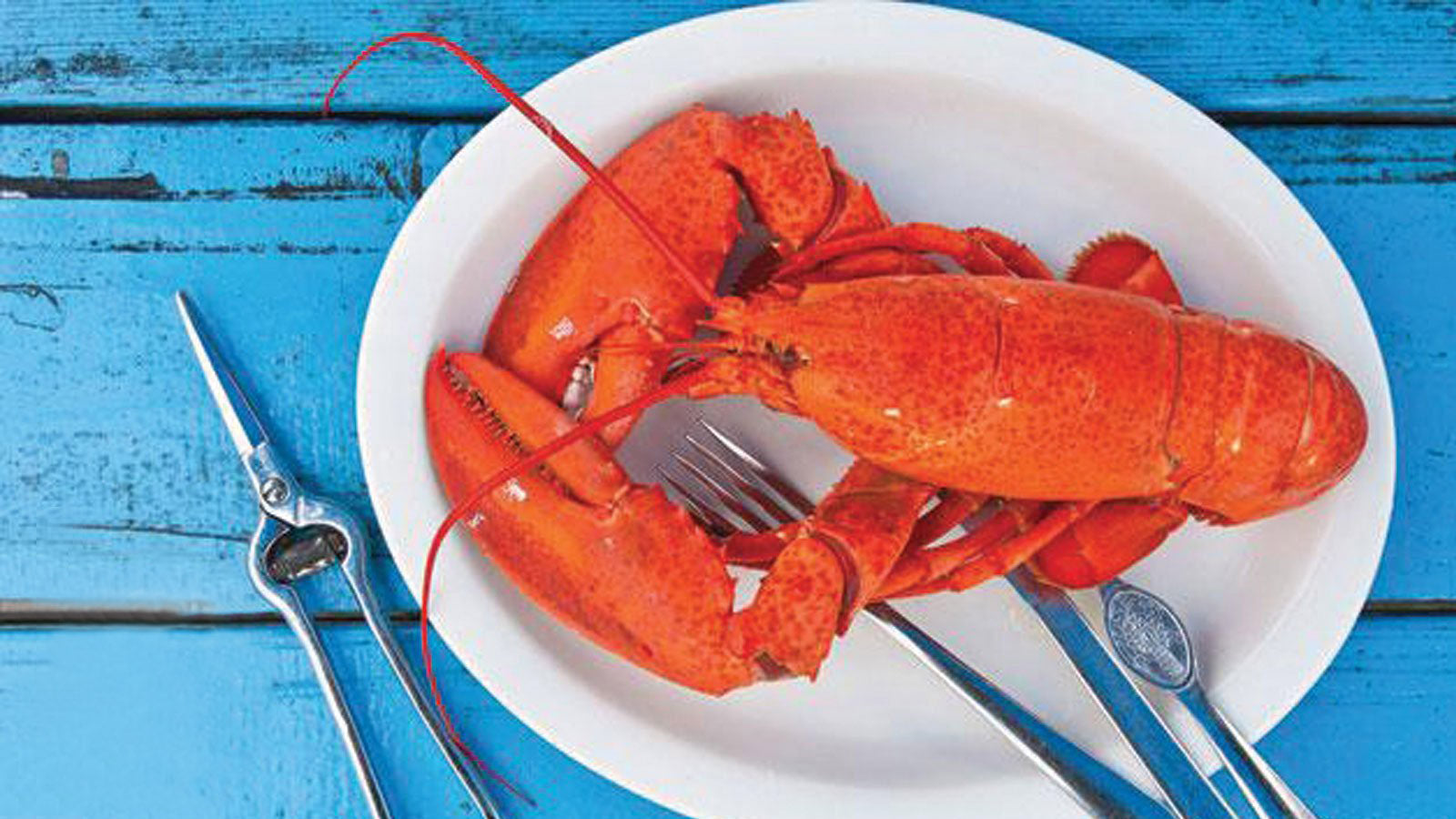Why Do Lobsters Turn Red When They Are Cooked?
Mark MurrellShare
Ever noticed that lobsters are never green or brown on your plate, despite looking so colorful in the ocean? That's because heat works its magic, turning them bright red! This dramatic color change is all thanks to a pigment called astaxanthin, which is naturally present in a lobster’s shell. In their raw state, lobsters have a mix of proteins that bind to this pigment, creating their dark, muted hues. However, when exposed to high heat during cooking, these proteins break down, freeing astaxanthin and allowing its natural red-orange color to shine through. This same pigment is also responsible for the pink color of shrimp and flamingos, which get it from their diet.
While the color shift is a well-known part of cooking lobster, it’s also a fascinating glimpse into the chemistry of crustaceans. Let’s dive deeper into the science behind lobsters’ iconic red color.
The Natural Colors of a Live Lobster
Though you get to devour the red lobsters on your plate, they weren't the same before coming to your table. When they're alive, they display various colors for various reasons. Let's talk about them a little more!
What Color Are Live Lobsters?
The classic shades of lobsters are dark brown or greenish. But you can also get to see blue, yellow, calico, or even albino-colored ones. These prehistoric-looking creatures are blessed with various shades to escape the notice of most of their predators and their prey. They camouflage in a safe place. You can see millions of lobsters in a lifetime. And interestingly enough, all of them might have this variety of coloration.
The Role of Pigments in Lobster Shells
Why such a rainbow of lobsters? The secret lies behind the lobsters’ hard shells. The pigments, including astaxanthin (reds and yellows), crustacyanin (blues), and other carotenoids in a living lobster bind to proteins in the shell. As a result, a host of colors emerge. Let's find out why these chemical properties turn red when they come in contact with heat.
The Science Behind the Color Change When Cooking

Heat is the essential thing in changing the color of lobsters. Let's uncover the science behind the color-changing magic!
What Happens to Lobster Shell Pigments in Heat?
When a lobster is cooked, the heat breaks down the proteins in its shell, releasing the red-orange pigment known as astaxanthin. In a live lobster, this pigment is bound to proteins, giving the shell its darker, muted tones. However, as the heat denatures these proteins, astaxanthin is freed, revealing its natural vibrant red hue. This is why a cooked lobster looks so dramatically different from its original color in the wild.
Does This Happen to Other Seafood?
Absolutely yes! Just like lobsters, crabs, and shrimp, they also change color due to the release of astaxanthin when exposed to heat. They turn into bright red or orange.
What About the Color of Cooked Lobster Meat?
Just like the outer shell of a lobster turns red after getting exposed to heat, the color of the cooked lobster meat also needs to meet some criteria.
The Perfect Cooked Lobster Color
If your lobster is perfectly cooked, it will be:
- Opaque, white meat
- A slightly firm texture
- Bright red shell
What If My Cooked Lobster Meat Is Translucent?
In case your lobster meat is gelatinous or translucent, it's not properly cooked. The best solution? Put it right back in the pot. Steam or boil it for 1-2 minutes more until the meat turns opaque.
Why Is My Lobster Meat Tough and Rubbery?
If your lobster meat is tough and rubbery, it might be because of overcooking. As the proteins contract too much because of overexposure to heat, the meat becomes tough. You can avoid this by following our best tips mentioned below.
How to Cook Lobster for the Best Flavor and Texture

You can avoid overcooking or undercooking your beloved Maine lobsters by following our best tips mentioned below.
Steaming vs. Boiling: Which Is Better?
Steaming and boiling are both widely accepted cooking methods for lobster meat. But the end result will be different. Here is an overview:
- Tenderness: Steaming your lobster ensures a more tender meat. As the amount of water the shell penetrates is less, the tenderness is locked.
- Ease of removal: Boiling allows you to easily remove the meat from the shell.
- Cooking time: If you're in a hurry, boiling is the best option to opt for. It's relatively faster and less time-consuming than steaming.
- Flavor preservation: This is the point of conflict. Some say steaming preserves the more natural flavor. Some argue that boiling gives the natural taste.
So if you've got enough time, go for steaming. Otherwise go for the faster method, especially for larger lobsters.
How to Avoid Overcooking or Undercooking Lobster
Cooking times matter! Here’s a quick guide:
1 lb lobster: Boiling: 8–10 minutes, steaming: 10–12 minutes.
1.5 lb lobster: Boiling:11–12 minutes, steaming: 14–16 minutes.
2 lb lobster: Boiling:12–15 minutes, steaming:18–20 minutes.
Pro Tip: Use a meat thermometer for accurate heating. Lobster is fully cooked when the internal temperature reaches 135–140°F.
Does the Cooking Method Affect the Cooked Lobster Color?
No matter what cooking method you're following — boiling or steaming —the lobster shell will always turn red. Any form of heat will break down the proteins to release the natural red pigments.
Do Some Lobsters Stay a Different Color When Cooked?
Some of the rare lobsters can remain white or pale even after cooking. It is because they lack the necessary pigment to produce the red color. So they might display their natural shell color or a totally different color when cooked.
The Rare Blue, Yellow, and Calico Lobsters
Genetic mutations cause some lobsters to have rare colors. The blue, calico, or the yellow lobsters are the rare ones. They can remain white or pale even after cooking.
What Happens to White or Albino Lobsters When Cooked?
Albino or white lobsters lack pigmentation. They don’t contain astaxanthin. So they won’t turn red. They also remain pale white after cooking.
Common Myths About Cooked Lobster Color
Let’s shed some light on the dark myths surrounding the color of lobsters.
"A Lobster That Turns Black When Cooked Is Bad"
Fiction. Some lobsters develop black discoloration due to oxidation or improper storage. But it doesn’t necessarily mean they’re spoiled. Always check for a fresh smell and firm texture before eating.
Sometimes when you cook a female lobster, you’ll see red balls inside. These are immature eggs — roe. They're naturally black. So if the eggs are black and not red after cooking, it just means the lobster needs to be cooked further.
"Cooked Lobsters That Aren’t Fully Red Are Unsafe to Eat"
Not at all true! Generally cooked lobsters turn bright red. However variations in shell thickness and pigment result not in red shades, but rather some pale or white shades. As long as you can see the meat is opaque and firm, it's safe to eat.
"You Can Tell If a Lobster Is Fresh Based on Its Shell Color"
Never! Shell color doesn't define freshness. It's a genetic mutation of lobsters. Instead, for freshness, see if you are lobsters have:
- A lively movement (if alive)
- A mild ocean-like smell (not fishy)
- Firm and springy meat (if already cooked)
It is not the color but the freshness of the lobster that ensures the best-cooked lobster meat. It's tender, juicy, and packed with flavor. High-quality lobsters give you that perfect cooked lobster. If you're looking for the best lobster treat for your next feast, look no further than Get Maine Lobster! Get freshness delivered from our dock to your doorstep now.










